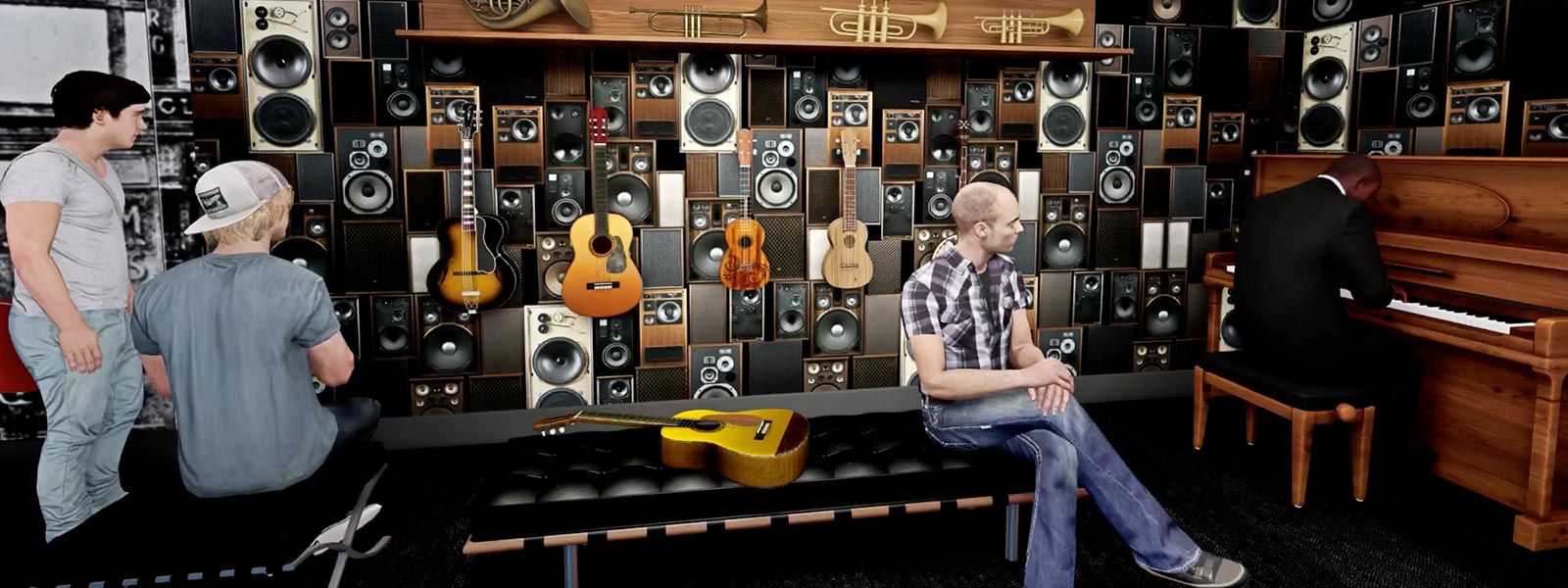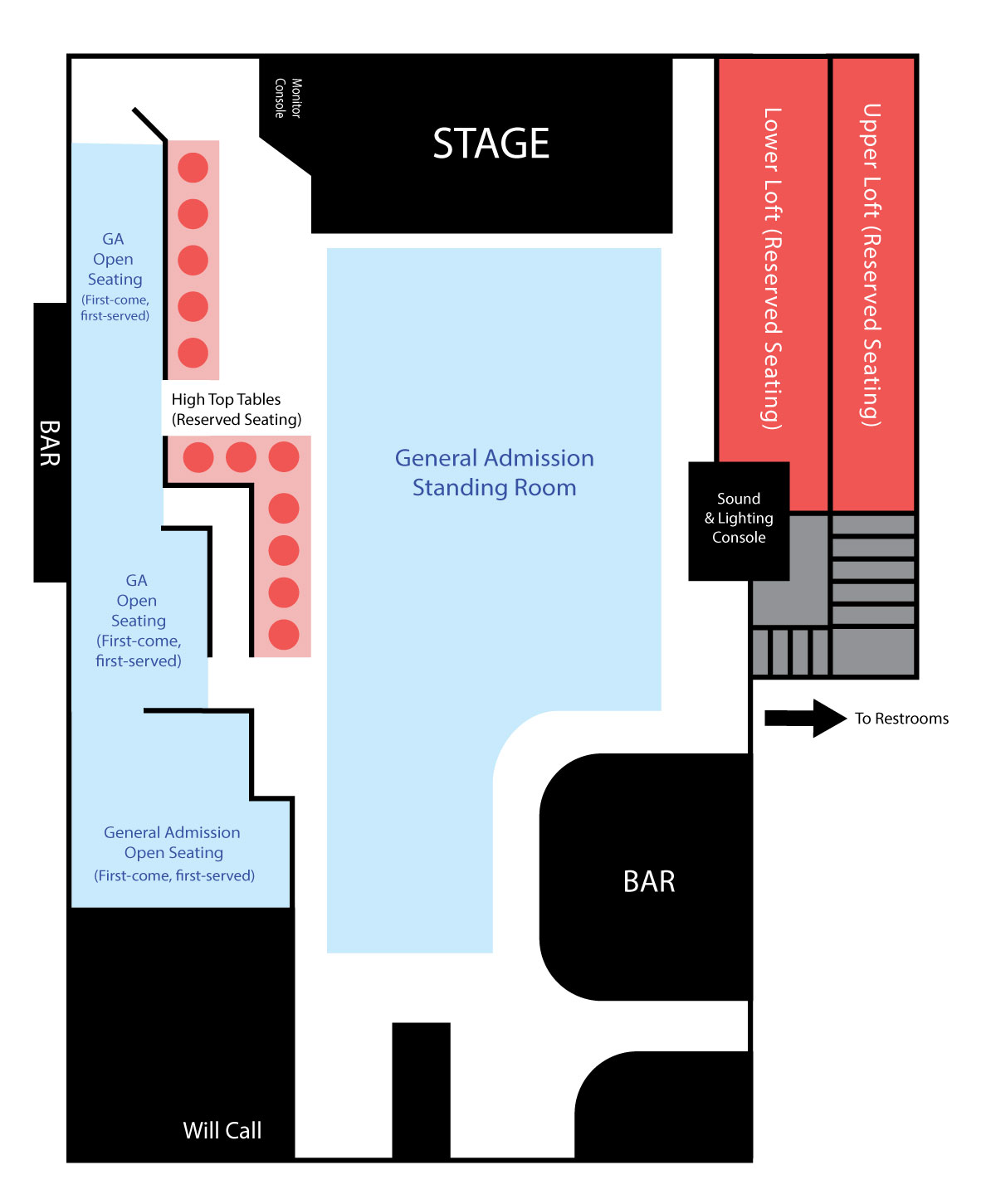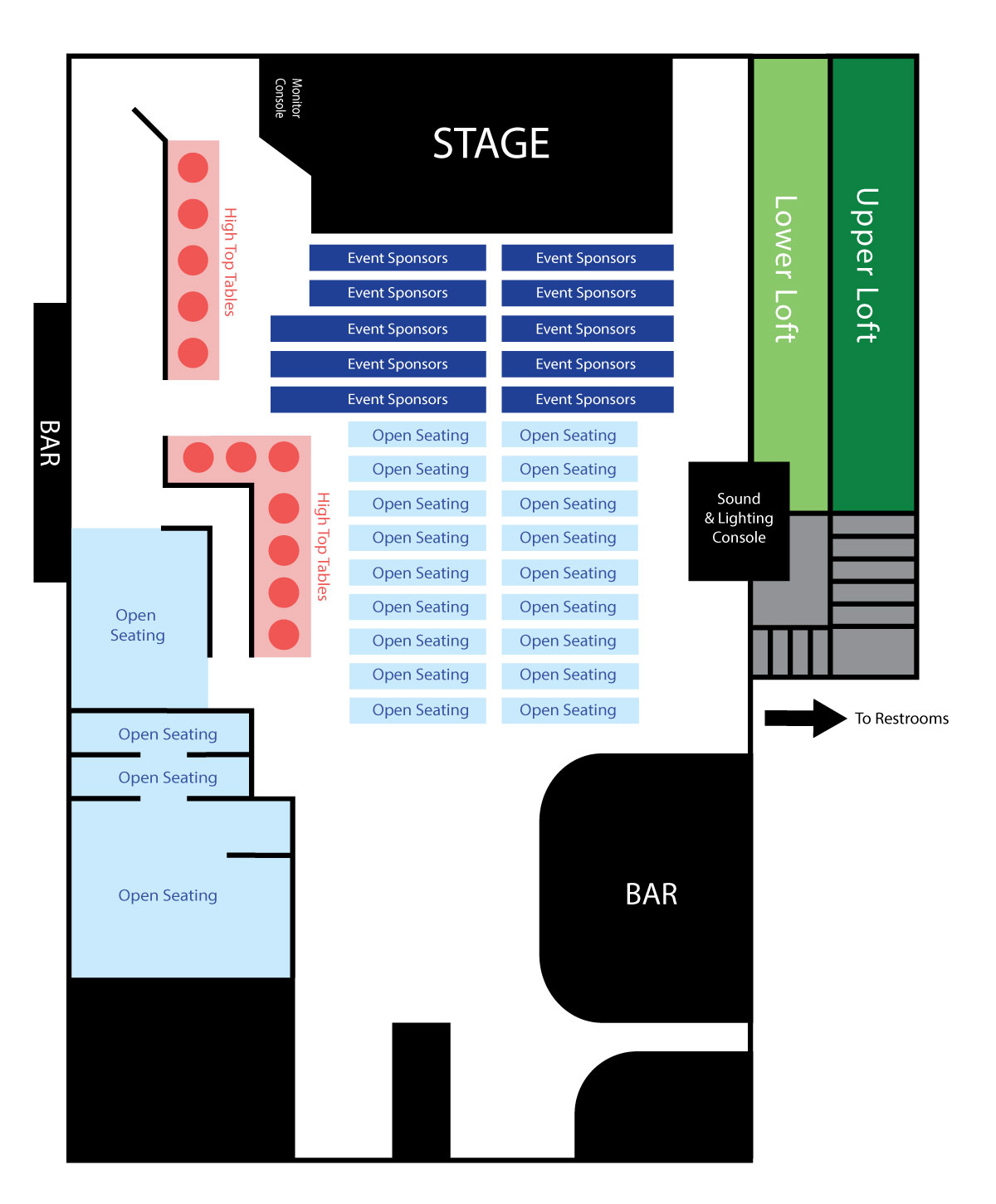
Smart & Smarter
If you were to visit MoMM today, you would find a number of kiosks—with push buttons—which play various musical excerpts. Although the technology that drives these kiosks has been periodically updated, to say that our current technology is out-of-date would be an understatement. But remember, the exhibitions were installed in 1998…and that is a lifetime ago in this age of rapid technological advances.
After the renovation? Visitors will find the latest technology everywhere—easy to use and easy to navigate—and all designed to enhance the museum experience. Various technologies, especially designed for museums, will be used to help create different moods, deliver content, and play a wide selection of music. Directional speakers will focus audio experiences so there is minimal sound bleed from one display to another. Touch-screen monitors (17 of them!)—what we call “digital rails”—will make it easy to learn more about the instruments, the people, and the music, letting visitors control the amount of content they want to access. These rails replace paper labels and deliver content about collection objects without detracting from the visual displays. And, they can be easily and quickly updated by the staff from their own desks. It all means that visitors will decide what stories they want to learn more about and decide how deep they want to go into the content—and the technology will help take them there.
Another upgrade? In-gallery interactivity. When we made the “test case” gallery changes in 2010, a specific initiative undertaken was to include one instrument in each gallery available for visitors to try out. For example, right now you find a “Play Me” mandolin in Gallery 1, slide guitar in Gallery 3, and Telecaster in Gallery 4. With this renovation, the opportunity to get hands-on with instruments will increase dramatically. In each of the three galleries you will find a well-defined and nicely placed “Sit and Play” area with comfortable seating and a number of instruments to try. In fact, there will even be a vintage instrument or two to play (with staff or volunteer oversight), such as a Celesta or a Hammond Model A organ. This increased interactivity presents opportunities to engage in both music making and memory making.
In other words, in the renovated galleries there will be things to see, read, hear, play, reflect upon, and share. This diversity of experience allows visitors to tour the Museum at their own pace, with their own interests, making their own connections.



